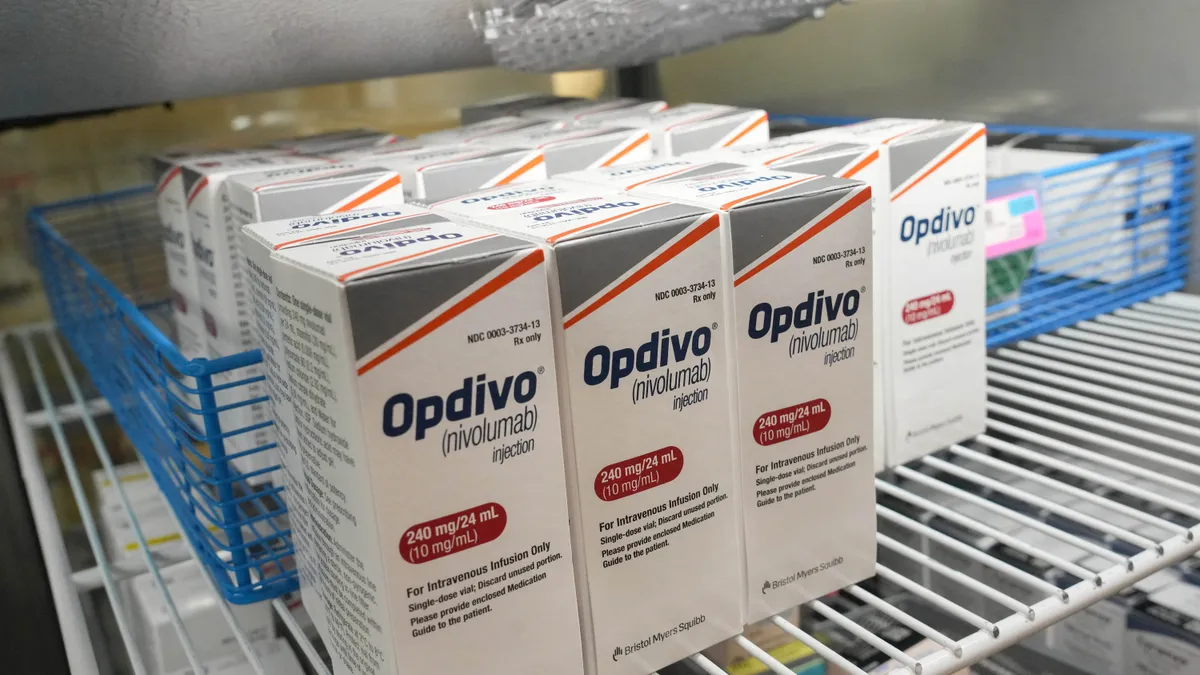Modern obesity trials are inherently complex, but the momentum behind these therapeutics has never been greater. With over $30 billion invested globally in 2024, the pace of innovation is accelerating. Yet for many sponsors, scientific ambition still outpaces the realities of trial execution.
Often spanning multiple endpoints, comorbidities and behavior outcomes, obesity trials require more than just a sound protocol. They demand speed, agility and a deeper understanding of the patient experience. The sponsors leading the space aren’t just focused on trial execution; they’re reframing trial design by prioritizing strategies that connect science and technology to deliver fit-for-purpose solutions that accurately capture the patient experience.
Digital technology and strategy must work together
Digital tools such as eCOAs, connected devices and real-time analytics have changed how clinical trials operate. But simply adopting technology is not enough. What matters is the strategy guiding how these tools are aligned, implemented and adapted to capture the patient experience.
Obesity trials, in particular, introduce variables that aren’t always present in traditional designs. Protocols may require frequent updates, endpoints often evolve and patients are asked to take on more. In high-burden studies, patient behavior can significantly impact both compliance and data quality. Sponsors that align operational expertise, technology and behavioral science from the outset are better equipped to manage this complexity and preserve study integrity without sacrificing timelines.
Trial success depends on science and technology working hand in hand. The true value of digital tools emerges when they’re implemented within a trial framework designed to keep pace with scientific objectives, patient needs and evolving regulatory expectations.
Designing with patients in mind
Retention challenges aren’t unique to obesity trials, but they are intensified. Patients may face mobility concerns, social stigma, comorbid conditions or psychological barriers that influence their ability to stay engaged.
Patient-centered design isn’t just a best practice. It’s essential for collecting reliable data. That starts with capturing the right patient reported outcomes (PROs) at the right cadence, using technology that is intuitive and accessible, especially in studies requiring high-frequency reporting. Integrating digital health technologies with eCOA further enables timely, event-triggered assessments that support stronger patient engagement.
Integrating glucometer data with eCOA is an ideal example. If a patient’s blood glucose falls outside a defined threshold, the system can trigger a targeted ePRO questionnaire, automatically timestamped and correlated to that specific event. This kind of automation reduces burden while ensuring timely, high-quality data that is accessible in near real time to support clinical review and intervention. When trials are designed to enhance the patient experience,retention improves, data quality strengthens and timelines stay intact.
Operational agility is the new baseline
Market momentum isn’t slowing. That means the operational demands placed on sponsors and trial teams are only increasing. Delays, redundancies or disconnected workflows don’t just cause frustration; they can put the entire development timeline at risk.
Sponsors that are leading in obesity trials are making intentional moves to simplify the back end. They’re leaning into pre-approved instrument libraries, building modular orchestrated digital ecosystems and embedding risk detection into the platform itself. Orchestrating workflows across technologies such as e-Consent, eCOA and IRT not only reduces administrative burden for site staff, but helps minimize protocol deviations and randomization errors. With this level of foresight, sponsors can launch trials faster, adapt with confidence and lock databases sooner.
Agility isn’t just a feature. It’s a foundational requirement for high-performing trials operating at scale.
Looking forward
As obesity research advances, expectations will continue to rise. Trials will need to move faster, be flexible and reflect real-world patient needs at every stage.
Meeting those demands requires more than the right tools. It takes strategic alignment across teams, intentional design and infrastructure built to scale. Sponsors who invest in these fundamentals from the start won’t just keep up with the field — they’ll help shape where it’s headed.










